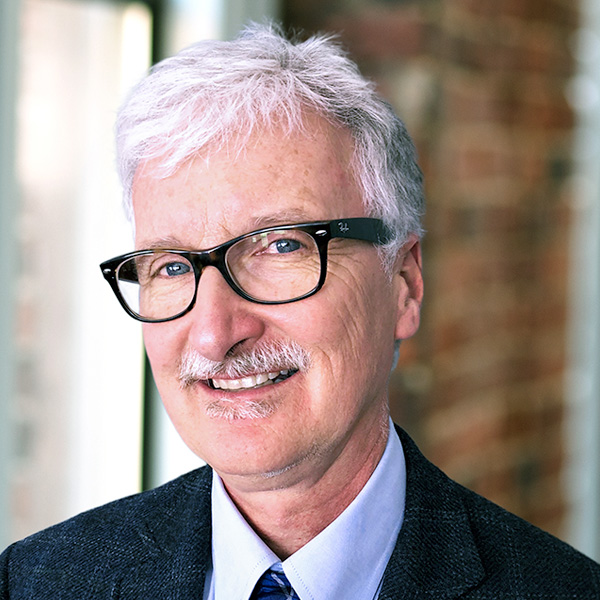
Bruce Hill
Chief Geoscientist
About
Dr. L. “Bruce” Hill is Chief Geoscientist for Clean Air Task Force (CATF), a global nonprofit working to safeguard against the worst impacts of climate change by catalyzing the rapid development and deployment of low-carbon energy and other climate-protecting technologies.
Bruce has served as lead scientist for CATF scientific investigations and advocacy for over two decades in the areas of carbon storage, geothermal energy, diesel exposure, criteria pollutant control, and atmospheric health sciences.
Since 2016, he has focused on piloting a new program at CATF, superhot rock geothermal energy, a visionary advanced geothermal system that will tap the high energy heat everywhere beneath our feet. The program seeks to enable a half dozen demonstration projects globally by 2030.
Previous to his work to initially develop the superhot rock energy program, his focus was in the field of U.S. and international carbon capture and storage (CCS) technology policy. In the process he helped organize U.S.–China bilateral discussions and led field study sessions for Chinese engineers on advanced geologic carbon storage technologies. He has been an advisor to the Gulf of Mexico Offshore Carbon Storage project and was a member of the U.S. Technical Advisory Group of the International Standards Organization (ISO) Technical Committee (TC ) 265 to develop CCS standards.
Bruce has over three decades of working experience in geologic and atmospheric sciences. In his capacity with CATF, Bruce has served on several federal advisory committees and testified before state and federal agencies and Congress. In the 1990s Bruce played an early role in field monitoring of rural particulate matter air pollution and haze, and in shaping federal air quality standards for particulate matter and for the related goal of reducing visual haze in national parks and wilderness areas. In the early 2000s his work focused on diesel pollution exposure assessments and public health consequences.
Bruce’s education includes a Ph.D. in geology from Stanford University where he studied the structure and geochemistry of an ophiolitic assemblage in northern California. He earned his B.A. in geology from the University of Vermont where he completed a thesis mapping the structural geology of eastern Taiwan, China.
Bruce has three grown children and resides with his wife Victoria in New Hampshire’s White Mountains where he enjoys backcountry skiing, mountain biking, and playing guitar.
Our Experts


